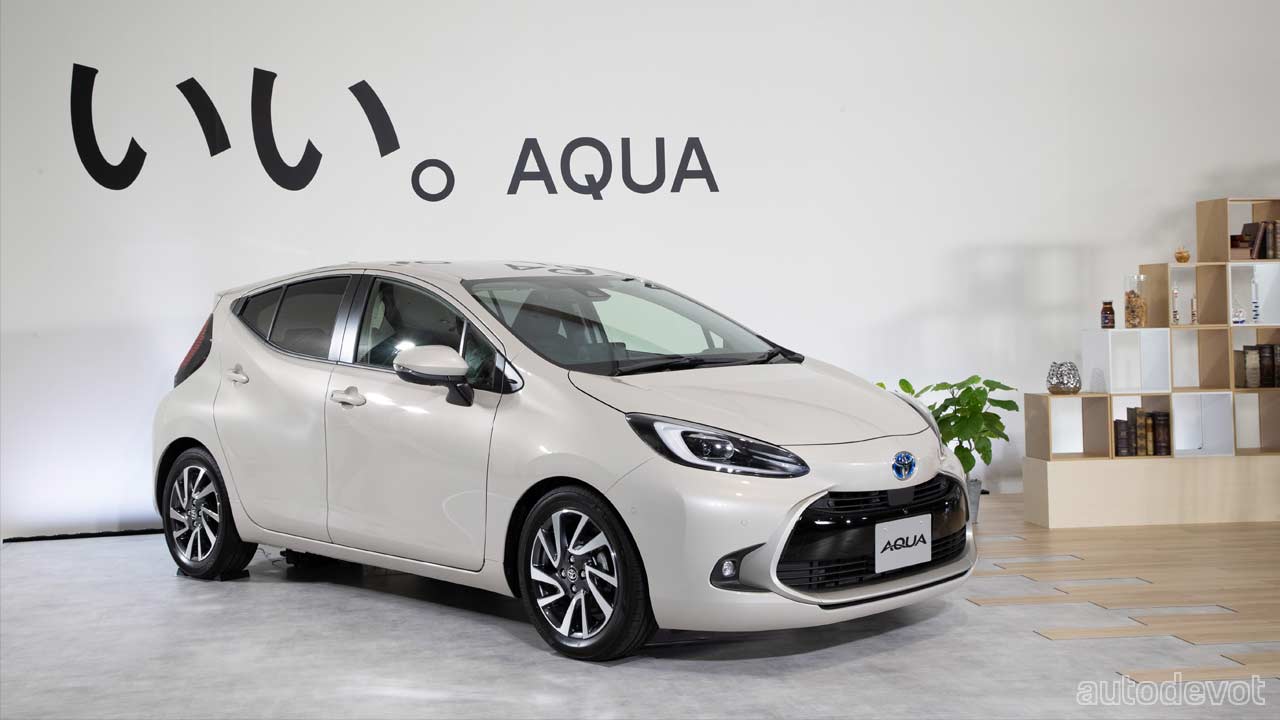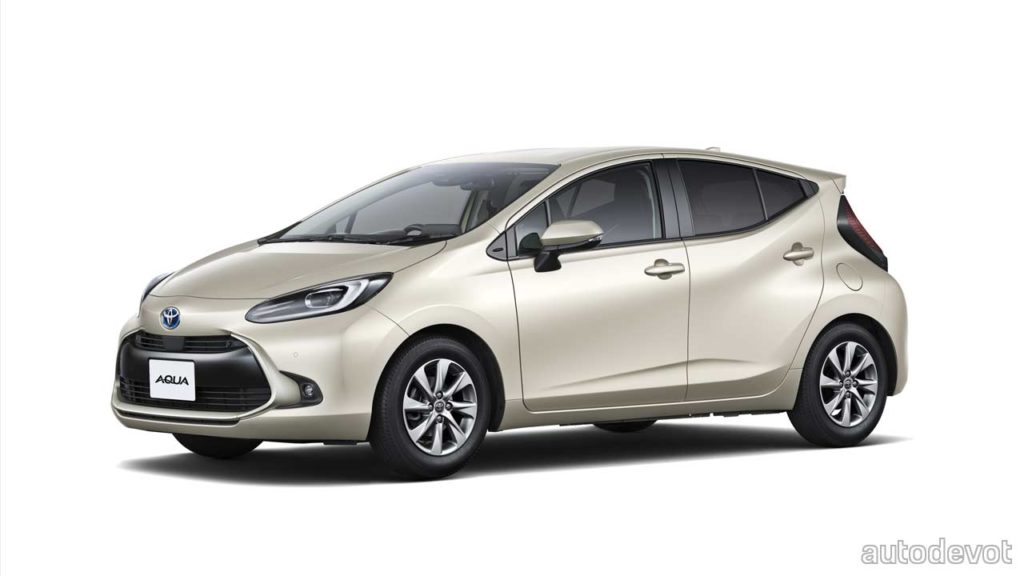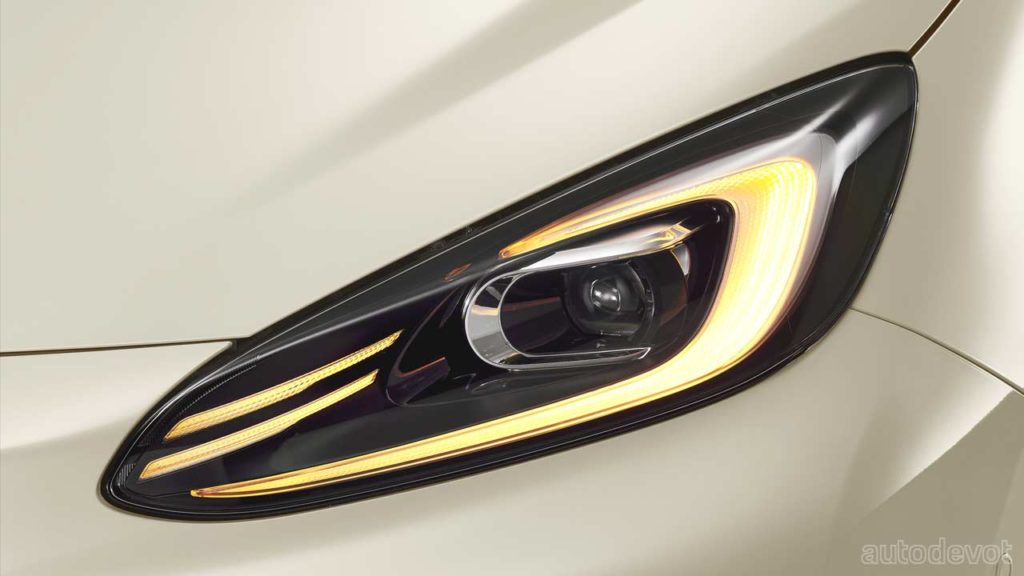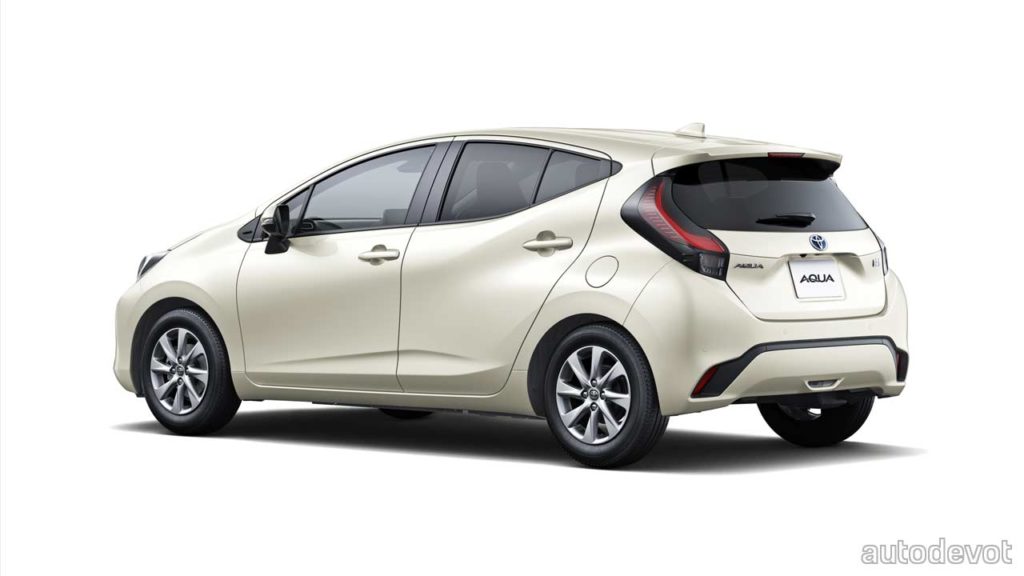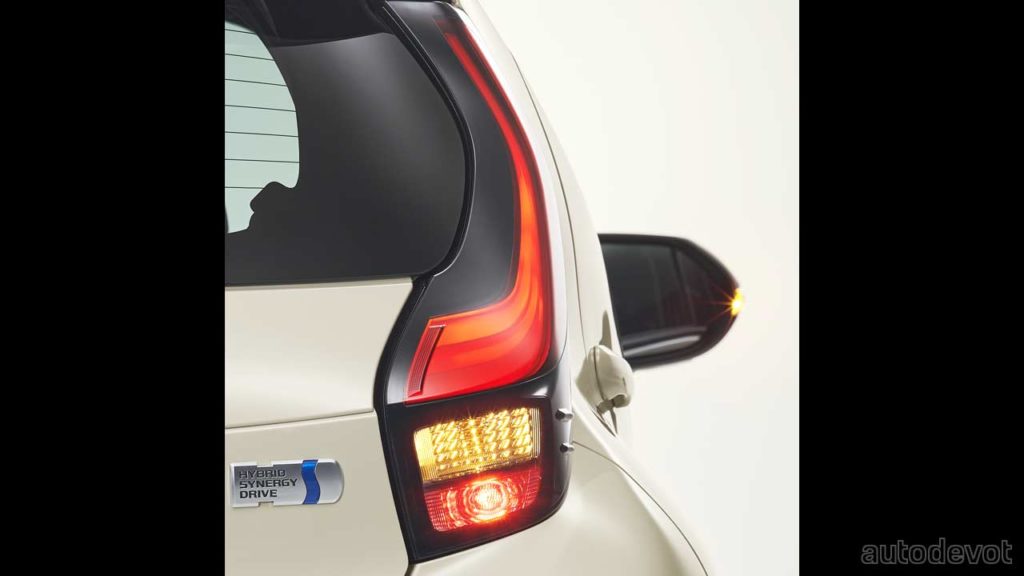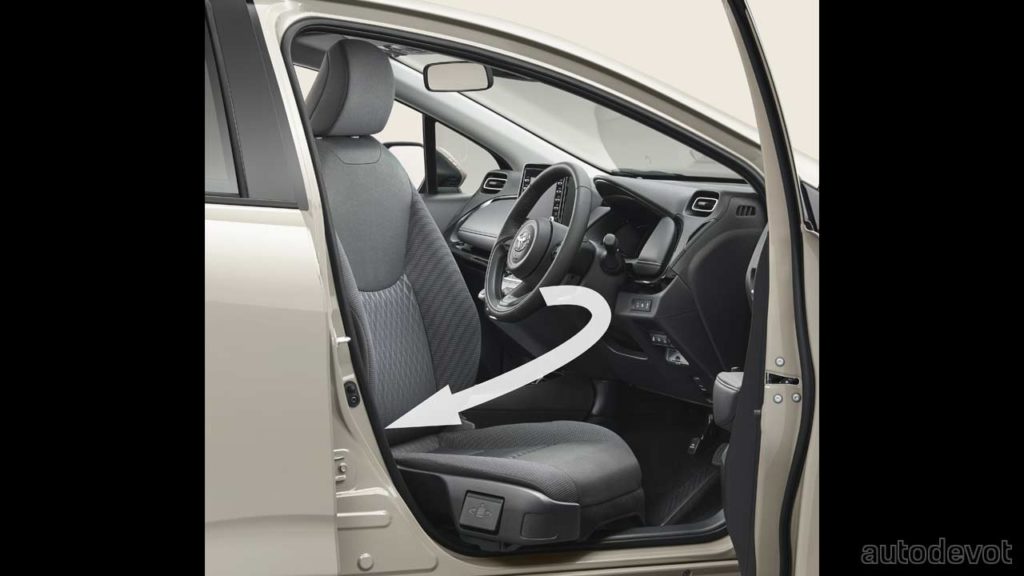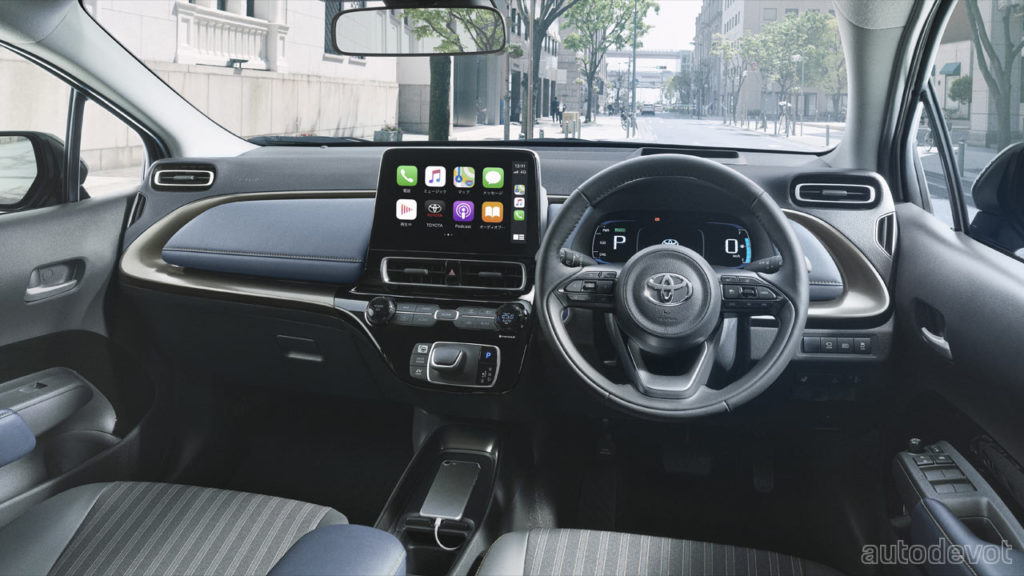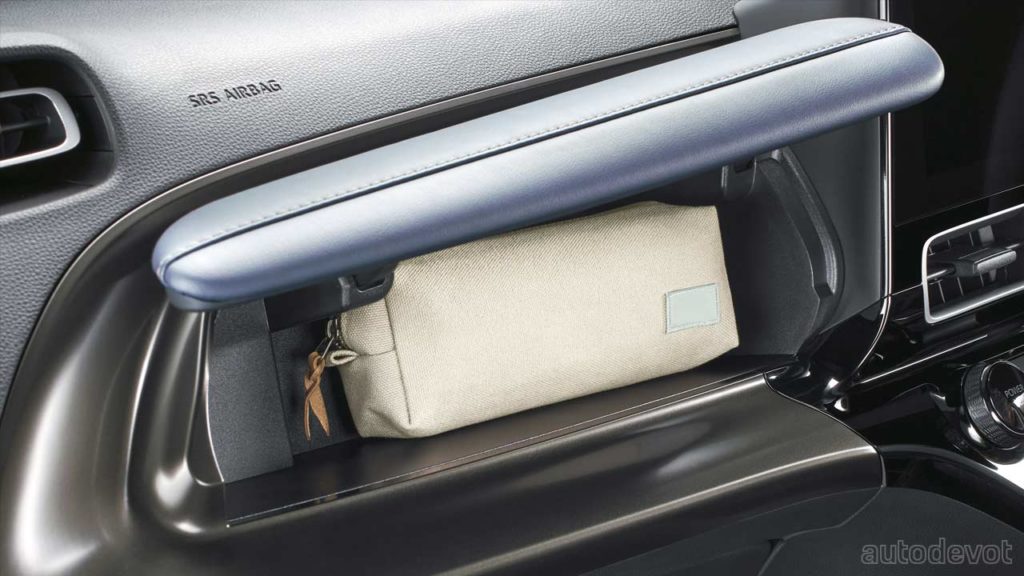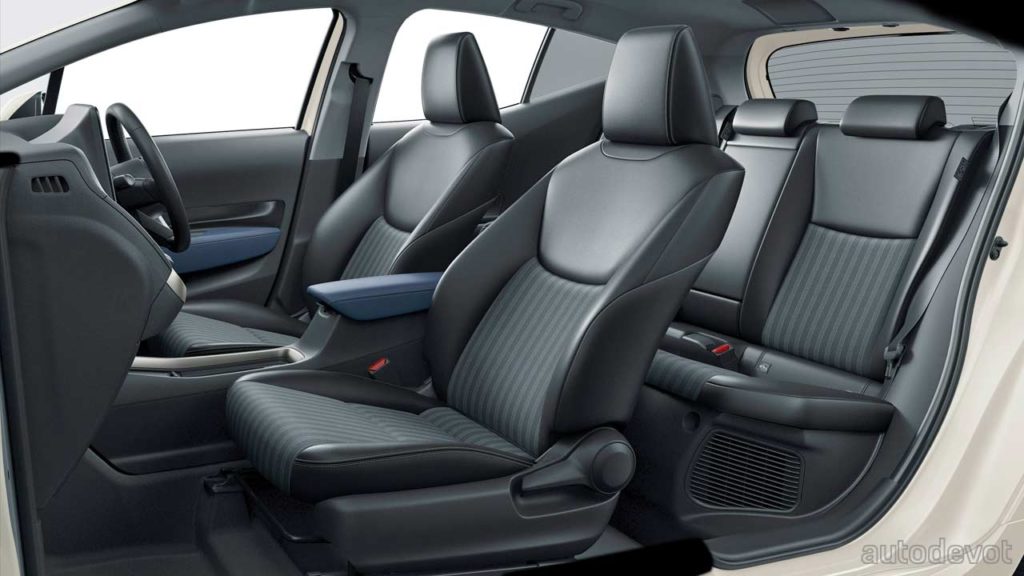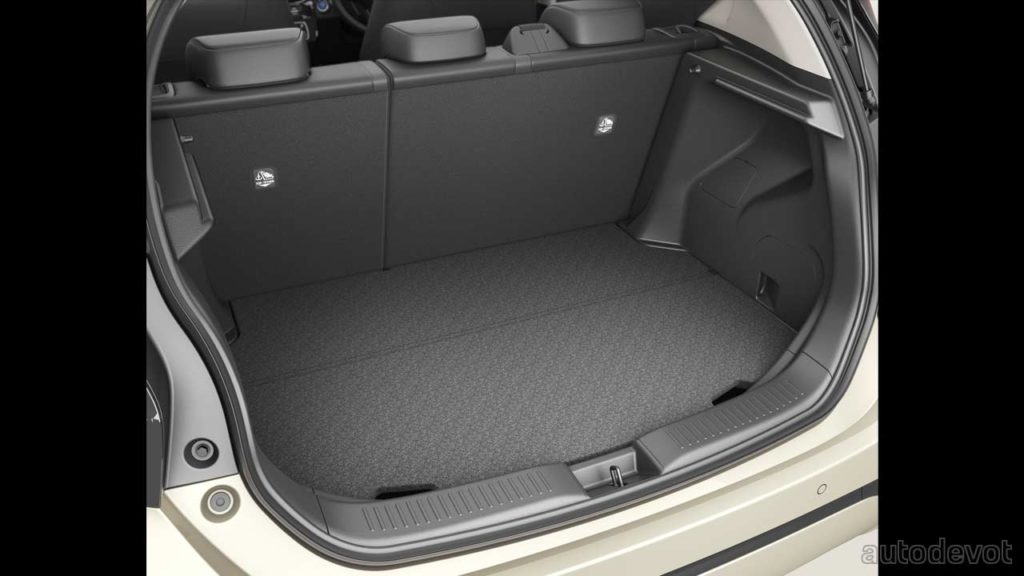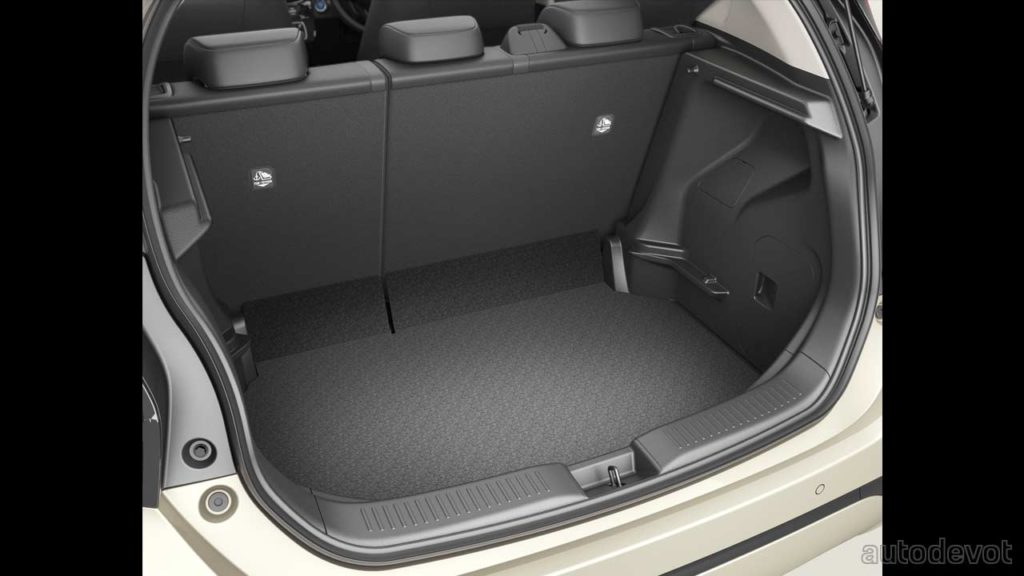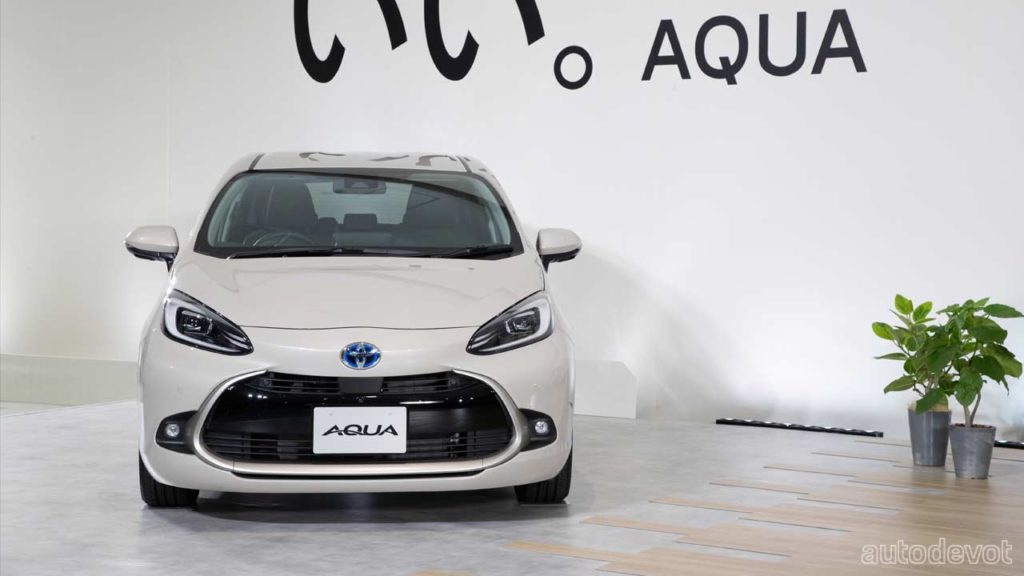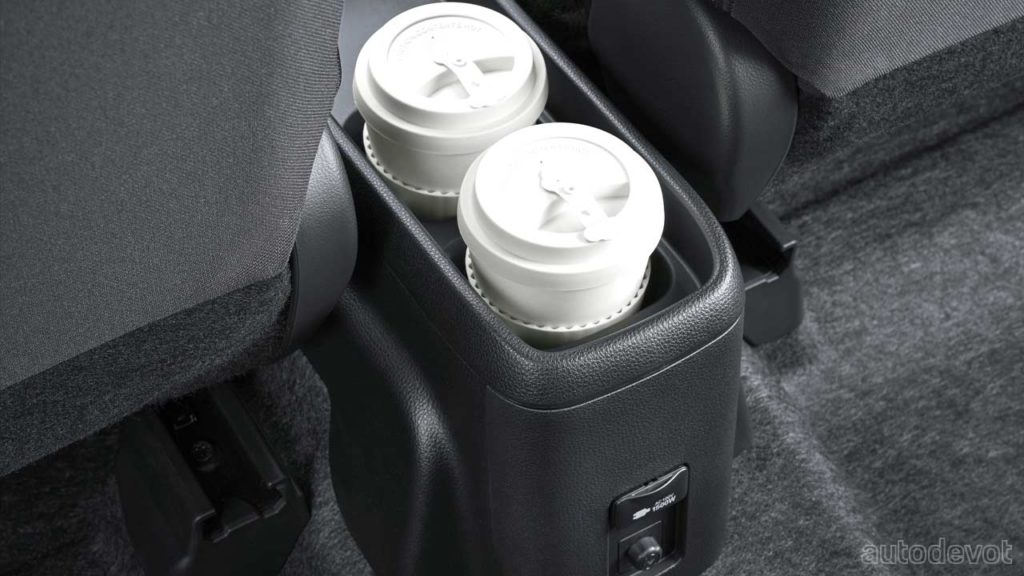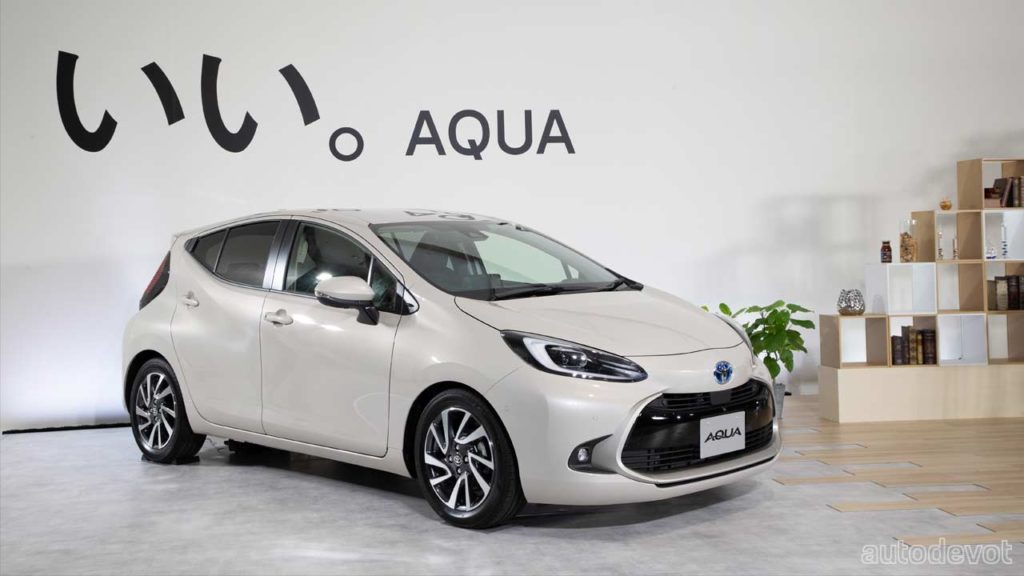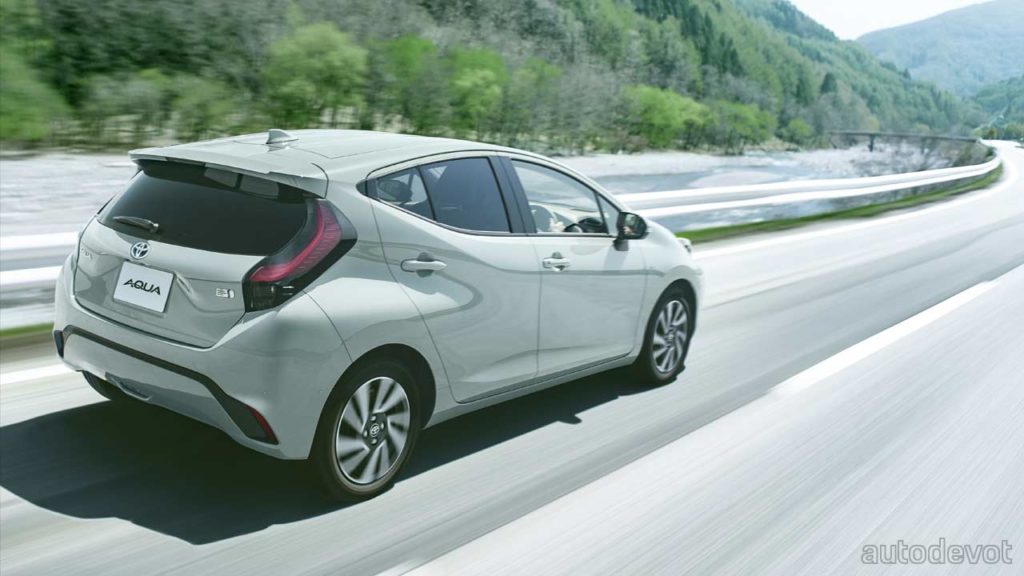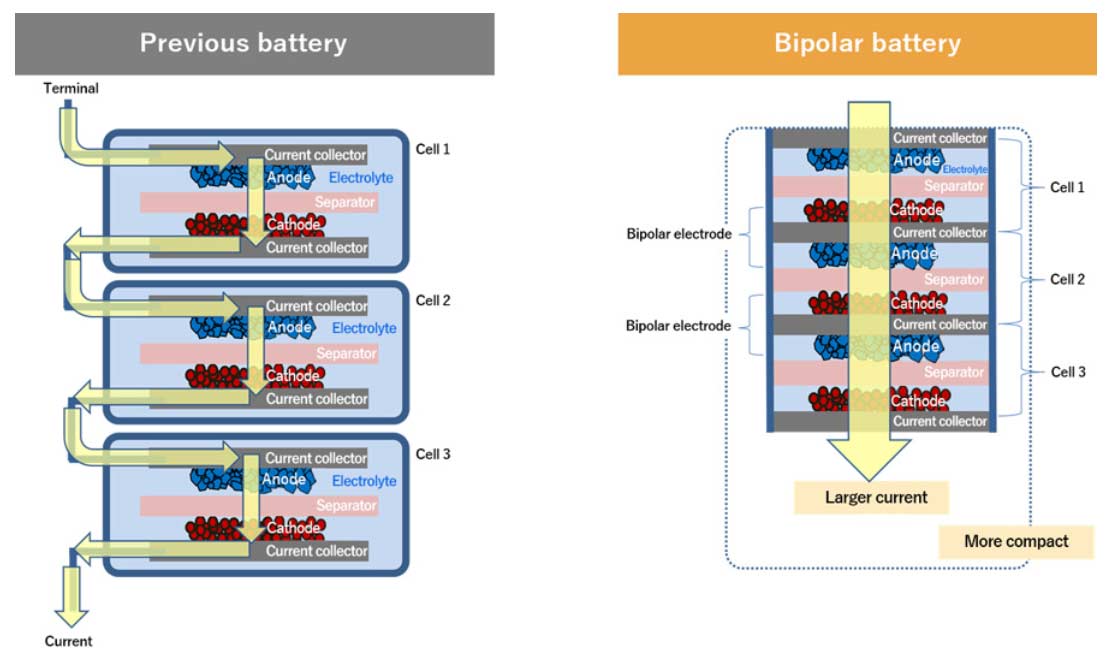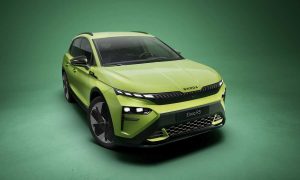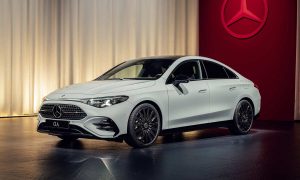Toyota has launched the second generation Aqua hatchback for the Japanese market, with prices starting at JPY 1,980,000 (US$ 18,000 or INR 13.50 lakh). The Aqua continues to be a full hybrid vehicle and will be available in FWD and E-Four AWD configurations.
| Trim | Driveline | JPY |
| B | FWD | 1,980,000 |
| E-Four | 2,178,000 | |
| X | FWD | 2,090,000 |
| E-Four | 2,288,000 | |
| G | FWD | 2,230,000 |
| E-Four | 2,428,000 | |
| Z | FWD | 2,400,000 |
| E-Four | 2,598,000 |
The new Aqua is built on the TNGA (GA-B) platform, or in other words, the one that underpins the Yaris (XP210). Which is probably why there are some similarities in its styling as well, such as the muscular rear haunches and the overall look of the front fascia. However, the Aqua looks softer and a bit more curvy compared to the sharp and creasy looks of the Yaris, and that’s probably the idea. After all, it is called ‘Aqua’. While the overall length has been cut by 10 mm compared to its predecessor, the wheelbase has grown by 50 mm.
The cabin looks a little different compared to the Yaris with an interesting mix of materials and colors especially in the range-topping Z trim featured above. The optional tilting front seat can be useful for the physically challenged. Other features include a 10.5-inch central touchscreen, and the latest edition of Toyota Safety Sense suite of active safety and driver assistance systems including full-speed radar cruise control and Lane Tracing Assist (LTA).
Also, for the first time in a Toyota compact car, the new Aqua is equipped with Toyota Teammate Advanced Park and Parking Support Brake. The Advanced Park is claimed to support parking maneuvers by taking care of steering, brake, accelerator, and gear shifting operations. As for the Parking Support Brake, it is claimed to detect stationary objects all around the vehicle and will alert or apply brakes to help avoid collisions.
All trims come with a power outlet (AC 100-volt / 1,500-watt) and an emergency power supply mode as standard, which can be helpful during blackouts. The Aqua is claimed to be able to power electrical appliances such as kettles and hair dryers.
As for the juicy bits of the story then, the Toyota Hybrid System II (THS II) combines a 1.5-litre (M15A-FXE) 3-cylinder petrol engine with an electric motor at the front. The ICE offers 67 kW (91 metric hp) and 120 Nm (88.5 lb-ft) of torque, while the e-motor develops 59 kW (80 metric hp) and 141 Nm (104 lb-ft) of torque. The E-Four (AWD) variants get another tiny e-motor at the rear that offers up to 4.7 kW (6.4 metric hp) and 52 Nm (38.4 lb-ft) of torque. Transmission is an e-CVT. Download the spec sheet here (Japanese).
The new Aqua is also the first Toyota to feature the ‘Comfort Pedal’ (activated via Power+ mode), which as the name suggests, is Toyota’s branding for a one-pedal driving experience that modern EVs and HEVs offer with regenerative braking.
Another highlight of the new Aqua is its bipolar nickel-hydrogen battery pack which uses fewer current collectors and other parts compared to the non-bipolar ones, enabling a more compact package and therefore the possibility to stack a larger number of cells. Toyota also said the following —
Compared to the previous-generation nickel-hydrogen battery, the all-new bipolar nickel-hydrogen battery delivers 1.5-times greater output per cell, and packs 1.4-times more cells in the same-sized space; together, this leads to a total output increase of approximately two-fold.

Leave a Reply
Note: Comments that are unrelated to the post above get automatically filtered into the trash bin.
